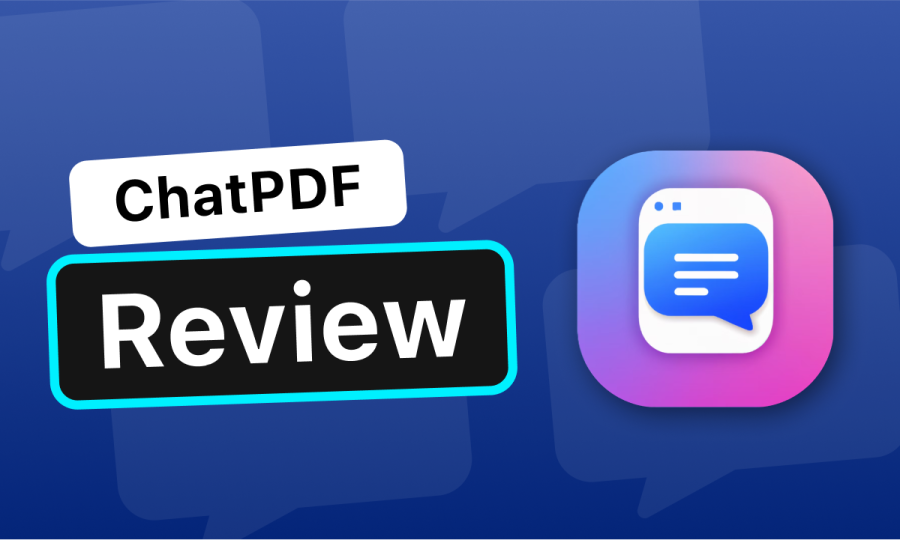Top Free ChatGPT Models for Conversational AI
Conversational AI has become increasingly popular in recent years, with businesses and organizations using chatbots to improve customer service, automate tasks, and enhance user experience. One of the key components of conversational AI is the use of ChatGPT models, which are pre-trained language models that can generate human-like responses in a conversation.
In this article, we will explore the top free ChatGPT models for conversational AI and how they can benefit your chatbot development.
What is ChatGPT?
ChatGPT (Generative Pre-trained Transformer) is a type of language model that uses deep learning techniques to generate human-like text. These models are pre-trained on large datasets and can be fine-tuned for specific tasks, such as conversational AI.
ChatGPT models are able to understand and respond to natural language, making them ideal for chatbot development. They can be used for a variety of tasks, including customer service, virtual assistants, and even entertainment.
Benefits of Using ChatGPT Models for Conversational AI

There are several benefits to using ChatGPT models for conversational AI:
- Efficiency: ChatGPT models are pre-trained on large datasets, which means they require less training data and time to fine-tune for a specific task.
- Natural Language Processing (NLP): ChatGPT models are able to understand and respond to natural language, making them more human-like in conversations.
- Scalability: ChatGPT models can be fine-tuned for a variety of tasks, making them versatile and scalable for different use cases.
- Cost-effective: Many ChatGPT models are available for free, making them a cost-effective option for businesses and organizations.
Top Free ChatGPT Models for Conversational AI
There are several free ChatGPT models available for conversational AI. Here are some of the top options:
1. GPT-3
GPT-3 (Generative Pre-trained Transformer 3) is one of the most advanced ChatGPT models available. It was developed by OpenAI and has been trained on a massive dataset of over 175 billion parameters.
GPT-3 is known for its ability to generate human-like text and has been used for a variety of tasks, including conversational AI. It is available for free through OpenAI's API, but access is limited and requires approval from OpenAI.
2. DialoGPT
DialoGPT is a ChatGPT model developed by Microsoft. It has been trained on a dataset of over 147 million parameters and is known for its ability to generate coherent and contextually relevant responses in conversations.
DialoGPT is available for free through Microsoft's Azure platform and can be fine-tuned for a variety of tasks, including conversational AI.
3. BlenderBot
BlenderBot is a ChatGPT model developed by Facebook. It has been trained on a dataset of over 9.4 billion parameters and is known for its ability to generate human-like responses in conversations.
BlenderBot is available for free through Facebook's AI platform and can be fine-tuned for a variety of tasks, including conversational AI.
4. Meena
Meena is a ChatGPT model developed by Google. It has been trained on a dataset of over 2.6 billion parameters and is known for its ability to generate human-like responses in conversations.
Meena is available for free through Google's AI platform and can be fine-tuned for a variety of tasks, including conversational AI.
How to Use ChatGPT Models for Conversational AI

Using ChatGPT models for conversational AI is a multi-step process. Here are the key steps to follow:
1. Choose a ChatGPT Model
The first step is to choose a ChatGPT model that best fits your needs. Consider factors such as the size of the model, its capabilities, and the availability of resources and support.
2. Fine-tune the Model
Once you have chosen a ChatGPT model, the next step is to fine-tune it for your specific task. This involves providing the model with training data and adjusting its parameters to improve its performance.
3. Integrate with Your Chatbot
After fine-tuning the model, you can integrate it with your chatbot. This involves connecting the model to your chatbot's backend and configuring it to respond to user inputs.
4. Test and Refine
Once your chatbot is up and running, it's important to test and refine it to ensure it is providing accurate and relevant responses. This may involve tweaking the model's parameters or providing it with additional training data.
Real-World Examples of ChatGPT Models in Action
1. Replika
Replika is a chatbot app that uses GPT-3 to generate human-like responses in conversations. It is designed to provide emotional support and companionship to its users.
2. Woebot
Woebot is a chatbot app that uses GPT-3 to provide mental health support to its users. It is designed to help users manage their emotions and improve their mental well-being.
3. Cleverbot
Cleverbot is a chatbot that uses DialoGPT to generate human-like responses in conversations. It is designed to provide entertainment and engage users in conversation.
Who Can Benefit from ChatGPT Models?

ChatGPT models can benefit a wide range of businesses and organizations, including:
- Customer service: ChatGPT models can be used to automate customer service tasks, such as answering frequently asked questions and providing support.
- Virtual assistants: ChatGPT models can be used to power virtual assistants, providing users with a more human-like experience.
- E-commerce: ChatGPT models can be used to assist with online shopping, providing product recommendations and answering customer questions.
- Education: ChatGPT models can be used in educational settings to provide personalized learning experiences and assist with homework and studying.
Takeaways
ChatGPT models are a powerful tool for conversational AI, providing businesses and organizations with the ability to generate human-like responses in conversations. With the availability of free ChatGPT models, it is now easier than ever to incorporate conversational AI into your chatbot development. By choosing the right model and following best practices, you can create a chatbot that engages users and improves their experience.







评论 (0)